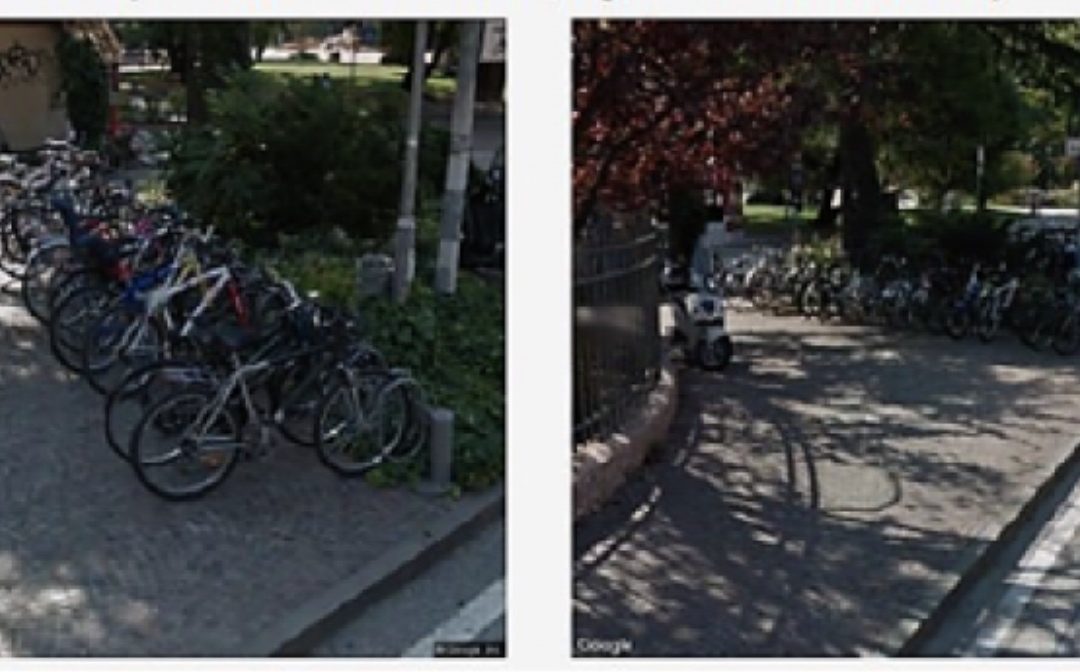By Neal Reeves – University of Southampton
Developed as part of the Horizon2020 project QROWD, the Virtual City Explorer (VCE) is a crowdsourced solution for mapping infrastructure within towns and cities. Users can identify features of interest, tag them and photograph them, all from the comfort of their own home, without ever needing to visit the city in question. The VCE then allows this information to be aggregated, analysed and mapped onto a virtual image that anyone can see and use.
Recently, we visited the Italian city of Trento, to ask members of the municipal council there to try out the VCE in a ‘real-world’ situation. Participants got the chance to be hands-on with the VCE software, defining crowdsourcing tasks and publishing those tasks to microtask crowdsourcing platforms. Furthermore, participants were able to see data gathered in real-time and to explore the types of response they could get from the crowd. We then asked the participants to give us their feedback on how easy the software was to use, what the strengths of the software were and what improvements they would like to see.
As part of ACTION, we’re testing new use cases for the VCE, seeing how it might be used to map sources of pollution. We’re carrying out further testing of the VCE, presenting it to designers and administrators of citizen science platforms and working with them to bridge the gap between offline and online forms of citizen science. We believe that the VCE can be an invaluable tool for finding, mapping and most importantly combatting sources of pollution within our towns and cities. Not only will this allow us to improve human health and wellbeing, but it offers participants the chance to learn more about their city and to have fun doing so!

